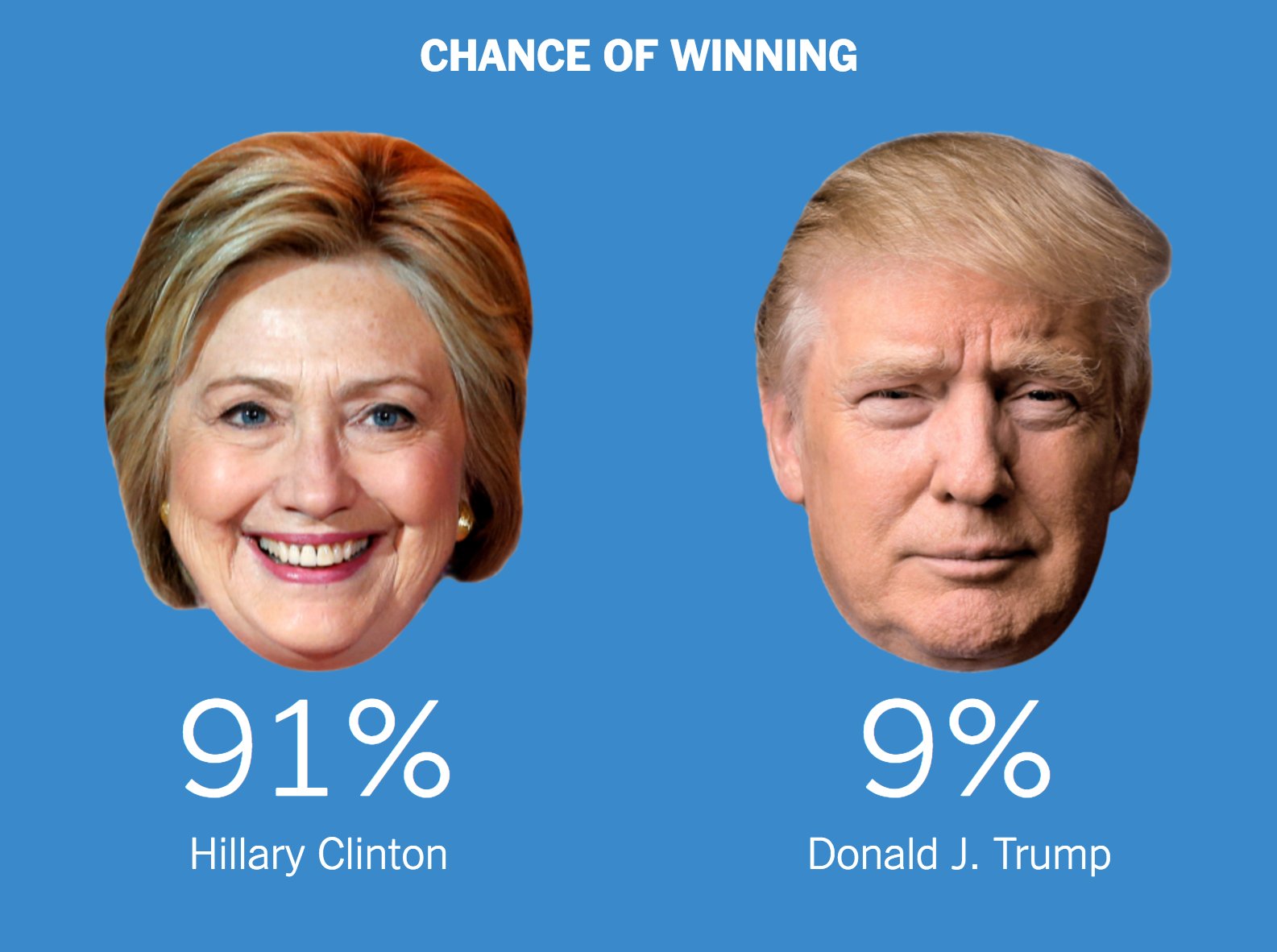HTownAg98 said:
Zobel said:
I think this is best understood as the opening round of negotiations regarding a devaluation of the dollar and a renegotiation of existing debt held in foreign hands due to dollar reserve status. Trade imbalance / balance of payments is at the heart of this.
Has nothing to do with reciprocity or tariffs per se. The lesson here is to pay no attention to what President Trumps says. We should watch what he does.
It helps, from a bargaining standpoint, that the data you're using supports the tariff number you're starting with. In this case, the reciprocal tariff has zero basis in any economic foundation, and the data they used to support it isn't even supported by the sources they cite. It's all just a bunch of made up numbers, and they hoped that either no one would notice, or that we as a country forgot basic algebra.
Not really, because tariffs aren't the point, they are just the opening tool to begin the discussion. Multi-lateral currency manipulation requires a lot of coordination. Someone earlier in the thread pointed out that mid-terms will be here before we know it, so there isn't the luxury of time to get everyone to the table.
Trump doesn't care about tariffs, he wants a weaker dollar, lower treasury yields (i.e. lower borrowing costs), and to keep the US dollar as the global reserve currency. The first two you can pretty easily accomplish on your own. Doing those things while keeping the reserve currency status is the hard part. That's why you need the other countries at the table.
Also, the tariffs aimed at Vietnam, Thailand, Cambodia, etc. have nothing to do with them and everything to do with putting China in a corner. Re-exporting is no longer an option, so let's talk.
If you care for a long read, it's all right here.
chrome-extension://efaidnbmnnnibpcajpcglclefindmkaj/
https://www.hudsonbaycapital.com/documents/FG/hudsonbay/research/638199_A_Users_Guide_to_Restructuring_the_Global_Trading_System.pdf


